The 7 Best Types of Horse Clip
The best type of clip for your horse depends on the type of work they’re in, as well as the climate.
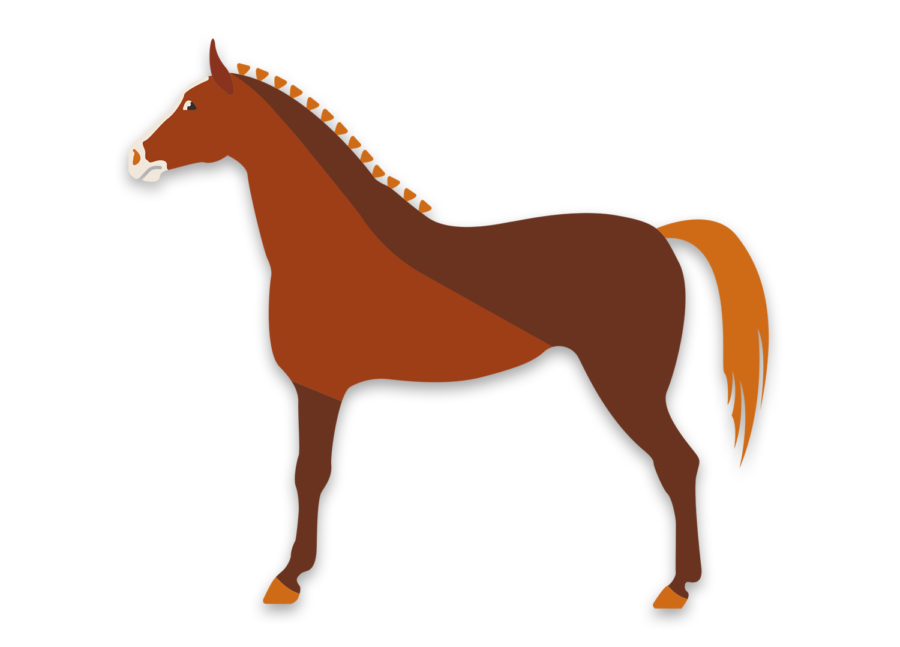
There are several different types of clips for horses, each with their own unique benefits and drawbacks. Some common types of clips include the hunter clip, which leaves the hair on the horse’s legs and saddle area for added protection against the cold; the trace clip, which leaves hair on the horse’s back, shoulders, and legs; and the full clip, which removes all of the horse’s hair for maximum cooling and ventilation during exercise. Choosing the right type of clip for your horse can make a huge difference to their wellbeing.
It’s essential to consider the type of work your horse is in and the climate when deciding on the best type of clip for them. For example, if your horse is in regular intense exercise in a warmer climate, a full clip can provide maximum ventilation and cooling. However, if your horse is not in regular intense exercise and is in a colder climate, a hunter clip will provide valuable protection against the cold.
If you’re clipping your horse for the first time, and need a set of clippers, check out our post on The Best Horse Clippers – Mains and Battery Powered available in 2022.
Types of Horse Clip
Hunter clip
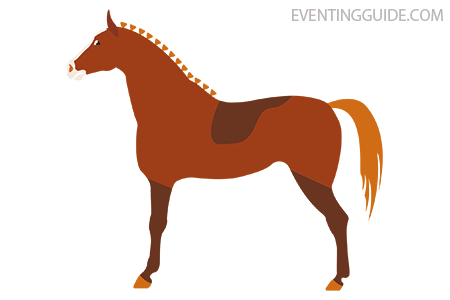
A hunter clip is a great choice for horses that are involved in heavy work, as much of their hair is removed, which helps to reduce sweating.
A hunter clip requires that all hair is removed, except for the legs and the area where the saddle sits. The legs are left unclipped to protect them from the wet and mud, whilst the saddle patch is left to reduce rubbing caused by the saddle. As a lot of hair is removed, it is important to account for the loss of warmth (when not in work) by picking an appropriate rug.
Full clip
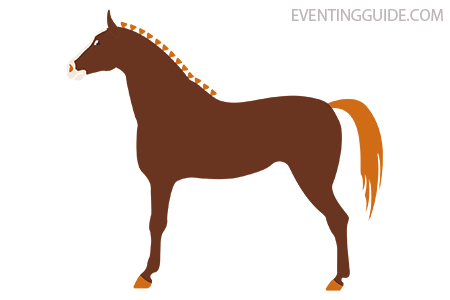
As the name suggests, a full clip removes all hair from the horse. Whilst a full clip is effective at reducing sweating, it leaves your horse vulnerable to issues such as mud fever. Furthermore, owing to the amount of hair that is removed, you must pay attention to the weather, and rug accordingly. In reality, only horses in constant work that are not turned out during the winter should be given a full clip.
Blanket clip
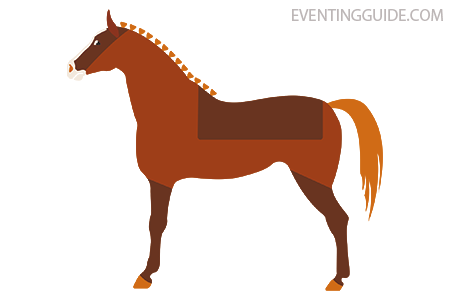
Horses in medium work are well suited to a blanket clip.
To blanket clip your horse, leave the hair where an exercise sheet would sit, a strip of hair on the face, and all four legs. A blanket clip is a great clip for a horse in medium work, as some hair is left, but only in areas where horses tend not to sweat. Furthermore, leaving hair on the legs helps to protect against a variety of ailments.
If it’s the first time you’ve clipped your horse, a blanket clip is a great option.
Bib clip
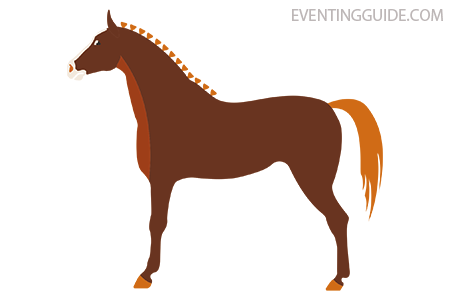
A bib clip is perfect for a horse in light work, living outdoors.
In a bib clip hair is removed from the front of the neck only, however, occasionally this is extended along the belly as far back as the girth. Removing hair from the neck and front helps a horse to cool down more quickly.
Trace clip
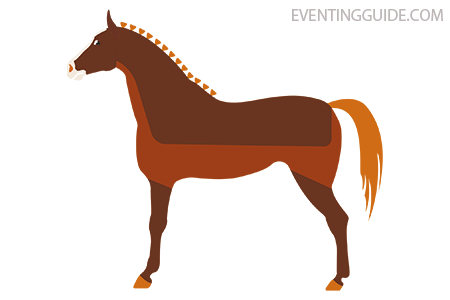
A trace clip is suited to horses in medium to light work.
In a trace clip, hair is removed from the neck, underside of the belly, and from around the middle of the horse. This allows the horse to cool down, whilst still offering protection and retaining some heat.
Irish clip
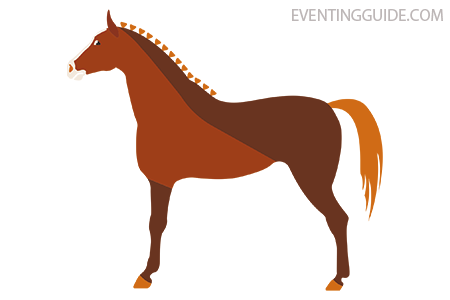
An Irish Clip is ideal for horses in medium work.
By retaining hair on the legs and back, but removing much of the hair from the front portion of the horse, a compromise is found between aiding the removal of heat, and retaining heat. For this reason, an Irish clip is perfect for horses in medium work which are turned out.
Chaser clip
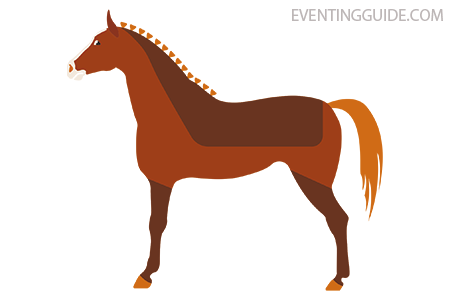
A chaser clip is suited to horses in medium work.
A Chaser Clip is similar to an Irish Clip, however, slightly more hair is removed. It is a great clip for horses in medium work in colder areas.
What is the best type of clip for my horse?
Aside from considering the type of work your horse is undertaking, you should account for your horses’ living conditions – whether they’re stabled or turned out – as you will have to account for the clipped hair with rugs.
| Type of clip | Best suited to |
| Hunter clip | Heavy work |
| Full clip | Heavy work |
| Blanket clip | Medium work |
| Irish clip | Medium work |
| Chaser clip | Medium work |
| Trace clip | Light or medium work |
| Bib clip | Light work |
There are many types of clip, and by picking the right one you can help your horse to perform better. When picking a clip you should consider:
- Workload
- Climate
- Whether your horse is stabled or turned out
- Rugging